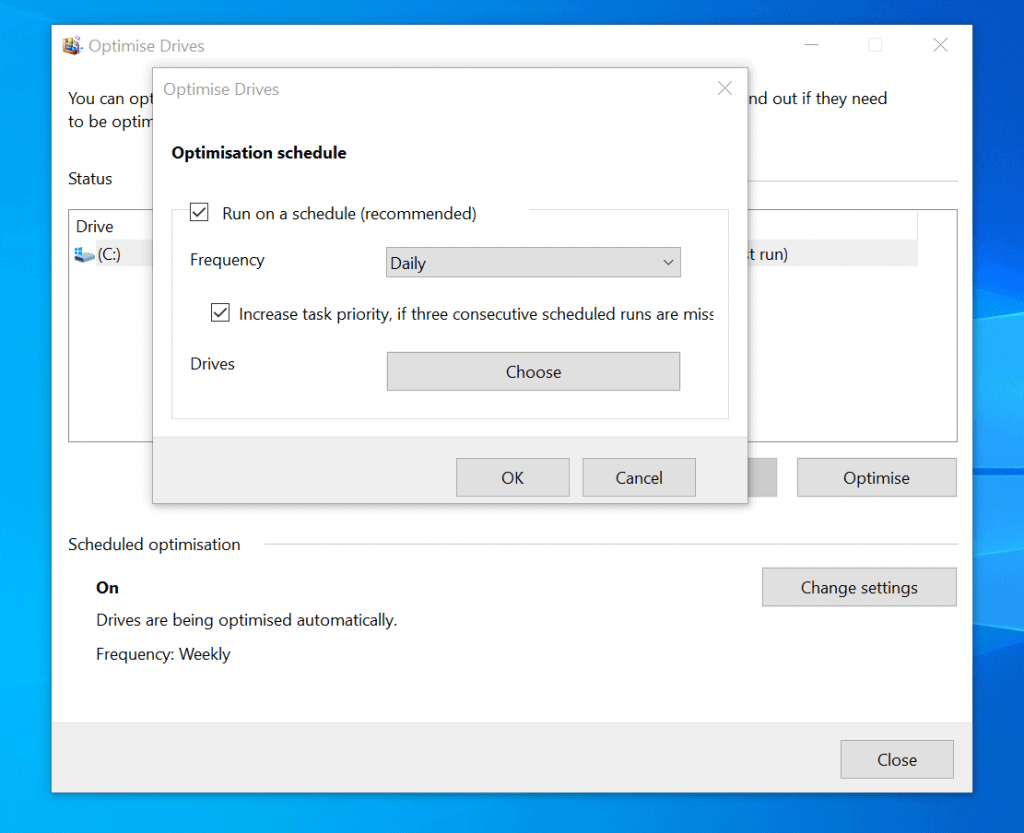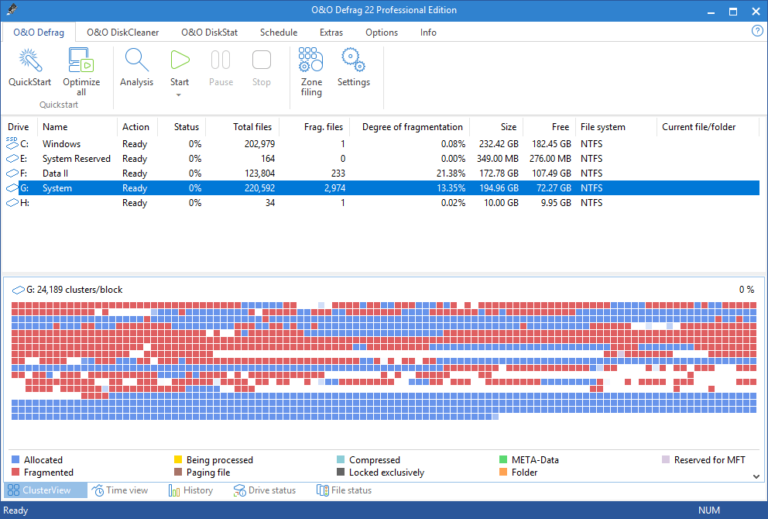

Now, select the drive you want to defragment from the list and click the "Optimize" button. Defragment your Windows 10 PCSelect the search bar on the taskbar and enter defrag.Select Defragment and Optimize Drives.Select the disk drive you want to. If one of your drives does not appear in the list, then it is most likely formatted as exFAT. Download Defragmentation For Windows - Best Software & Apps Defraggler Glary Utilities Smart Defrag MyDefrag Game Fire Wise Disk Cleaner Toolwiz Care. Keep in mind that Windows 10 can only optimize drives formatted with the NTFS file system. Select the "Defragment and Optimize Drives" shortcut, which will open the "Optimize Drives" window.Īll disks on your system that can be optimized and defragmented will be listed here. In the search box, type Disk Defragmenter, and then, in the list of results, click Disk Defragmenter. In the search bar, enter the word "defragment" and click Ok to see the search results. Open Disk Defragmenter by clicking the Start.

The easiest way to start is with the Start button. Now, it's time to learn how to defrag hard drive Windows 10 However, defragmenting your disk, at least occasionally, will help you keep your disks performing as efficiently as possible. If you are using external hard drives connected via USB, defragmentation will be more necessary, as they may not connect when Windows starts Automatic Defragmentation. For solid-state drives, no defragmentation is required. On modern computers, Windows automatically defragments mechanical disks. This greatly reduces the time it takes to access files on disk and the time to read data. Fragmentation is the distribution of blocks of data (fragments) in various places on the hard disk's surface, while defragmentation is the opposite: the location in all of these blocks that make up the file is close to each other in physical space.


 0 kommentar(er)
0 kommentar(er)
